The American artist tells Gary Evans why drawing well is like telling a good joke

Peter de Sève, aged 16, a student at Parsons school of art and design, walks through Greenwich Village to the corner of Bleecker and Macdougal Streets. It’s snowing. He finds a table in Café Figaro, the New York coffeehouse whose past regulars include Bob Dylan, Lenny Bruce and Jack Kerouac, where he drinks cappuccinos and draws in his sketchbook.
With his drawings, Peter’s trying to impress people – friends, girls too. And it’s during these quiet afternoons that he starts to understand what it means to be illustrator, and exactly what it is an illustration is supposed to do.
“It was a magical time,” the artist says. “It was 1977 when I started Parsons. For a kid from Long Island, living away from home for the first time, it couldn’t have been more exciting. The punk scene was in full swing – yet there was still a faint whiff of the folk scene down on Bleecker Street. There were hardcore punks and stoned hippies all over the place, and that’s where friends and I spent most of our free time. We’d walk through the snow and hunker down at the Café Figaro.
“I just loved to draw things that would amuse myself and other people. That’s kind of the job of an illustrator in a nutshell, isn’t it? It’s not only about pleasing yourself but you have to communicate to and entertain an audience. Every drawing is an opportunity to make someone feel something specific and to do it in the cleverest, most economical way possible. I’ve always loved that challenge. I think I was hard-wired to be an illustrator from birth.”
CONSTRAINED BY THE FACTS
Denne historien er fra March 2017-utgaven av ImagineFX.
Start din 7-dagers gratis prøveperiode på Magzter GOLD for å få tilgang til tusenvis av utvalgte premiumhistorier og 9000+ magasiner og aviser.
Allerede abonnent ? Logg på
Denne historien er fra March 2017-utgaven av ImagineFX.
Start din 7-dagers gratis prøveperiode på Magzter GOLD for å få tilgang til tusenvis av utvalgte premiumhistorier og 9000+ magasiner og aviser.
Allerede abonnent? Logg på
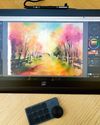
XPPen Artist Pro 19 (Gen 2)
Whether you’re a pro artist or a passionate hobbyist, this pen display offers something for everyone with beautiful colour and accurate drawing
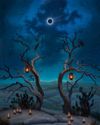
First Impressions
The artists explains how her imagination for fantasy was born
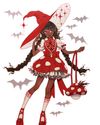
DRAW VIBRANT CHARACTER ART
LIDIA CAMBON reveals her step-by-step process for creating a full-body illustration from first sketch to vibrant, cohesive colour with markers
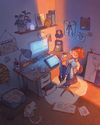
Photoshop & Blender: BUILD NARRATIVE USING INTERIORS
Find out how illustrator Magdalina Dianova creates a cosy setting that helps to express her character’s personality
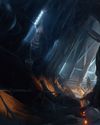
Blender, Procreate & Photoshop DESIGN CREEPY ARCHITECTURE
Nick Stath explains how he built an eerie, atmospheric environment for the sci-fi horrors of Alien: Romulus
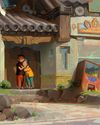
Photoshop - PAINT FAN ART WITH EMOTION
Baptiste Boutié goes in-depth on his approach for creating visual appeal in a tribute to Tekkonkinkreet
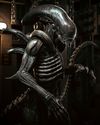
ZBrush, KeyShot & Photoshop - CRAFT A HIDEOUS ALIEN NIGHTMARE
Follow along as character and creature artist Kyle Brown makes xenomorph fan art inspired by Alien: Romulus
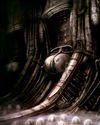
FEARFUL VISIONS
ImagineFX explores the visual heritage of the visceral Alien cosmos and its develooment over the franchise's history

Mike Butkus
Surf's up! Why coastal comforts lured the artist to his California home

The art behind Alien: Romulus
Xenomorphology Tanya Combrinck meets the Alien-obsessed concept artists who revived the visual style of the classic films